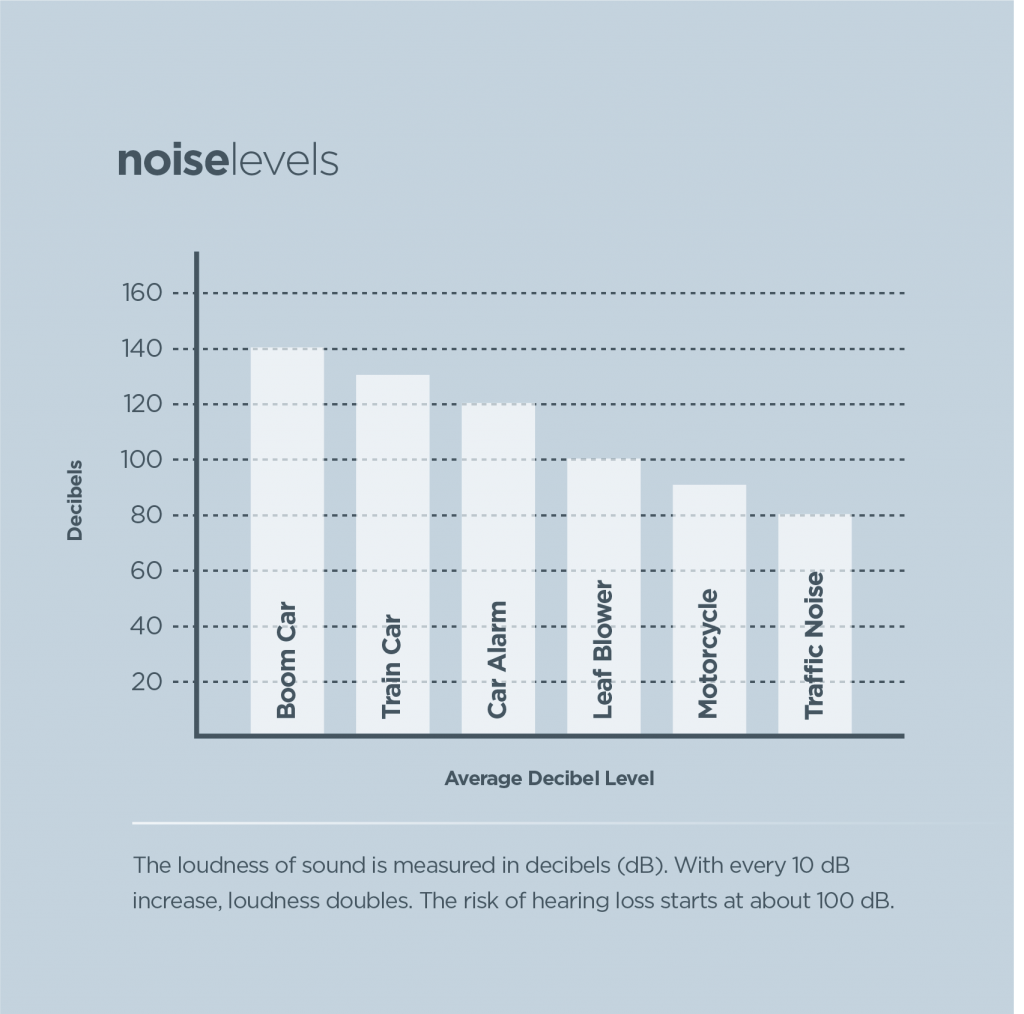Optimal Pressure Washing Techniques For Different Kinds Of Surface Areas
Optimal Pressure Washing Techniques For Different Kinds Of Surface Areas
Blog Article
Posted By-Lassen Bock
When it involves push washing, the technique you choose can make all the distinction in accomplishing a clean, streak-free coating. You could locate that difficult surfaces, like concrete, call for a different method than softer products, such as timber or vinyl. It's essential to adjust your methods to the surface kind to avoid damage while making best use of cleansing performance. So, what are the most effective methods for every surface area, and just how can you ensure you're making use of the appropriate setups and devices for the task? Let's discover what you need to know to obtain the best results.
Tough Surfaces
When it involves push cleaning difficult surface areas, preparation is key. Prior to you also consider taking out the pressure washing machine, make the effort to clear the location of any debris, furnishings, or challenges. You don't want anything entering your way or potentially harmful your tools.
Next, check the surface for any kind of fractures or damages; this will help you establish the best strategy and pressure settings.
As soon as residential window cleaning 've prepared the location, it's essential to select the right nozzle. For difficult surface areas like concrete or brick, a narrow nozzle (15 or 25 levels) functions best to offer a focused stream of water that can properly remove crud and stains. Always start at commercial window washing contractor and slowly move better to avoid any kind of surface area damages.
As you begin cleaning, maintain the wand moving to stop touches and over-saturation. It's also useful to function from the top down, allowing dust and particles to remove naturally.
Finally, remember to rinse the surface extensively after cleaning to eliminate any kind of remaining cleaning agent. With these techniques, you'll attain a tidy and rejuvenated look on all your hard surface areas.
Soft Surfaces
Pressure washing soft surfaces needs a gentler method to secure them from damages. Whether window cleaning cleaning your deck, patio furnishings, or home siding, making use of too much stress can lead to damages, scrapes, and even permanent harm.
Start by choosing a low-pressure nozzle, preferably a 25-degree or larger spray pattern, to spread the water extra delicately.
Before you begin, it's vital to pre-treat any type of discolorations with a suitable cleaning remedy. This action allows the cleaner to pass through the dirt and gunk, making it less complicated to remove without rubbing as well hard.
Always apply the option from all-time low up to stop streaking.
When you start stress washing, keep a range of at least 12 to 18 inches from the surface area. Relocate your wand in a sweeping activity, maintaining it alongside the surface to stay clear of focused pressure on one place.
Wash the area completely after cleansing to eliminate any kind of recurring cleanser.
Last but not least, examine the surface for any kind of missed out on areas and repeat the procedure if needed. By complying with these actions, you can efficiently clean soft surface areas while preserving their integrity and look.
Specialty Surfaces
Cleaning up soft surface areas calls for treatment, yet specialized surface areas demand even more focus to information. When you take on these surfaces, like delicate wood, tarnished concrete, or certain kinds of house siding, making use of the best stress cleaning methods is essential to avoid damage.
Initially, examine the material. For example, treated wood can commonly endure moderate pressure, but softer woods like cedar might require a lower setup. Constantly start with the most affordable pressure and slowly increase if required.
For tarnished concrete, utilize a fan spray nozzle and preserve a consistent range to prevent etching the surface area.
When handling surface areas like vinyl home siding or painted surfaces, a wide spray pattern aids distribute the pressure uniformly, safeguarding the finish.
It's also important to utilize cleaning agents specifically designed for specialty surface areas. They can boost cleaning without compromising the material.
Wash thoroughly after cleaning to get rid of any residue, as it can lead to discoloration or wear and tear with time.
Verdict
To conclude, mastering pressure cleaning methods for different surface areas can make all the difference in your cleansing results. For hard surfaces, stick to narrow nozzles and a top-to-bottom method, while soft surfaces require a gentler touch with broader nozzles. Do not forget to pre-treat stains and wash completely to stay clear of residue. By adapting your techniques to each product, you'll not just achieve a cleaner coating yet also protect the honesty of your surfaces. Satisfied cleaning!
